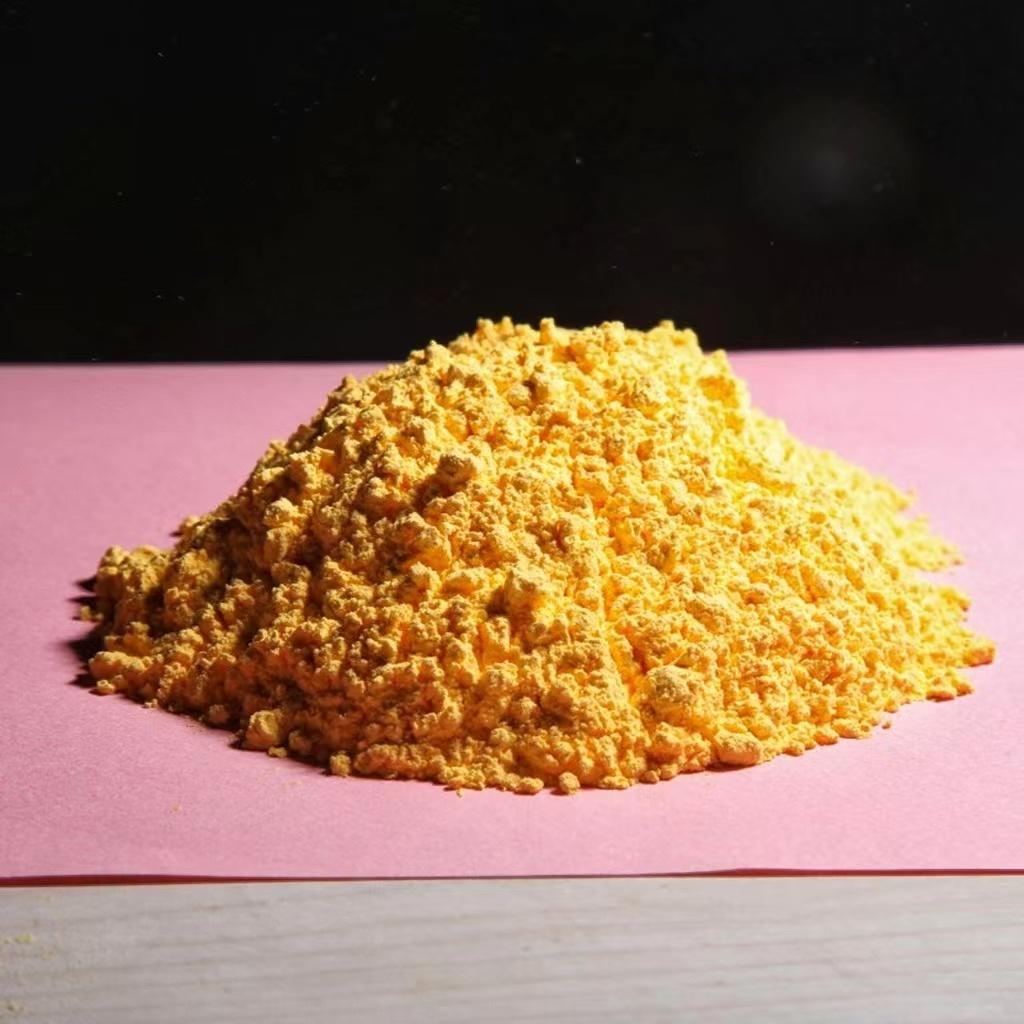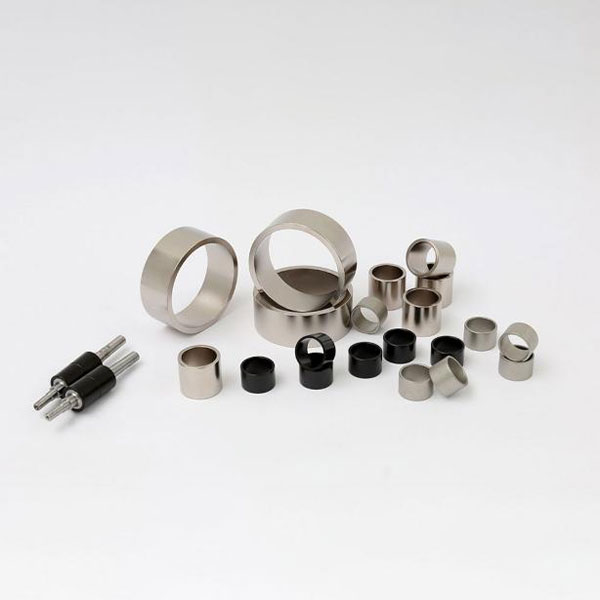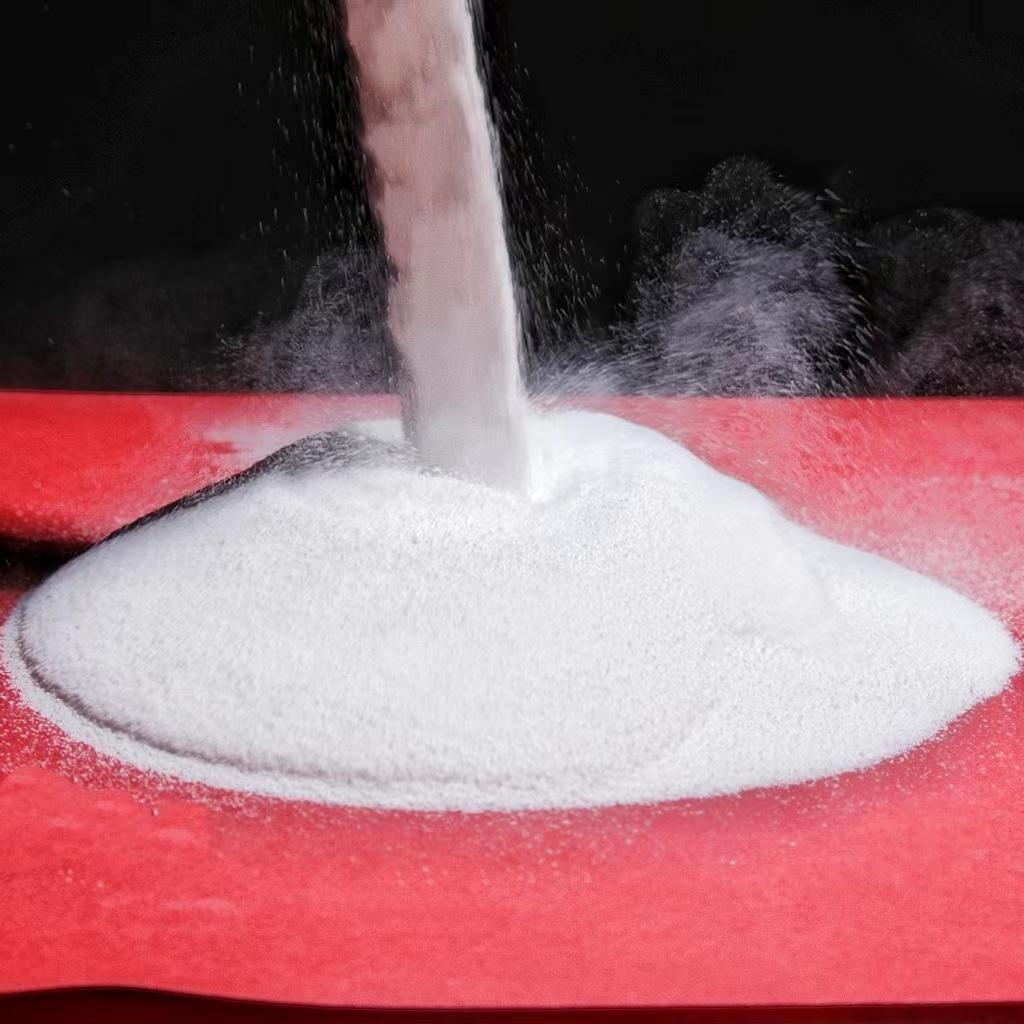
Products
Ring Magnets for Sound/Speaker/Professional Audio
Widely used for TV audio, automotive audio, KTV audio, cinema audio, square and venue speakers. The machining tolerance are mostly within +/-0.05mm. Most of them have the material grade from N grade/M grade till to SH grade.
The magnetic energy of neodymium iron boron magnets of the same volume is several times higher than that of common horn ferrite magnets,
Its advantage is that it can meet the requirements with a very small volume. Therefore, it can greatly reduce the weight of the speaker and the overall weight of the speaker, making it easy to install and transport. It is usually used on performance speaker products that require frequent flow, which can reduce human labor intensity.
It can also improve sensitivity. The neodymium iron boron horn has high magnetism, and the power of the same volume horn can be increased several times, making it more suitable for making small caliber high-power units.

1.How to design and select the most cost-effective magnet that meets customer needs?
Magnets are classified into different grades based on their ability to withstand temperature; According to different usage requirements, the same brand is divided into different performance levels, and different performance levels correspond to different performance parameters. In general, designing and selecting the most cost-effective magnet requires the customer to provide the following relevant information,
▶ Application fields of magnets
▶ Material grade and performance parameters of the magnet (such as Br/Hcj/Hcb/BHmax, etc.)
▶ The working environment of the magnet, such as the normal working temperature of the rotor and the maximum possible working temperature
▶ The installation method of the magnet on the rotor, such as whether the magnet is surface mounted or slot mounted?
▶ Machining dimensions and tolerance requirements for magnets
▶ Types of magnetic coating and anti-corrosion requirements
▶ Requirements for on-site testing of magnets (such as performance testing, coating salt spray testing, PCT/HAST, etc.)









